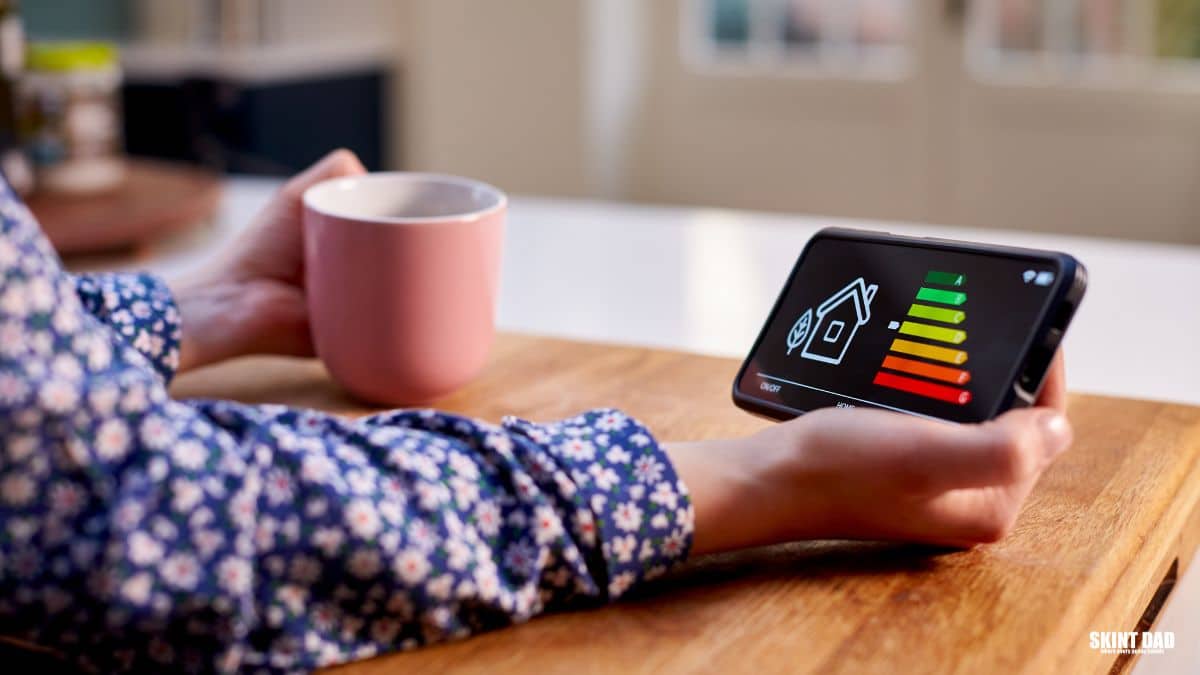
By Jim Stocker, as told to Danny Bonvissuto
When I started smoking in high school, it was cool. Attractive women in grocery stores handed out little packs of four cigarettes, trying to get you to change your brand. When I was in the military, my C-rations had cigarettes in them and the thought was, “Smoke ‘em if you’ve got ‘em.” I don’t think anyone was concerned about health at the time.
Some smokers can tell you the minute, hour, and day they quit. I can’t because I quit so many times.
I was in my early 60s, working in sales management, and smoking had become a social negative. Earlier in my career there were ashtrays in offices and conference rooms. Later there was a smoking area in the office. Finally we had to go outside and smoke in the parking lot. I primarily quit because other people could smell the smoke on me. It was as much a business necessity as it was a health issue at the time.
I’d been retired for a year in 2006 when I had classic heart disease symptoms that led to a quintuple coronary bypass. After that, I went to coronary rehab for 16 weeks: I did the treadmill, resistance training, and learned relaxation techniques. When I got through with that, I was really fired up and exercised religiously for the next decade. Then it all went into the dumper.
In December of 2016, right around the holidays, I woke up at 3 a.m. with horrible pain in my left leg. I couldn’t put any weight on it, so I rolled out of bed and crawled to the bathroom. I thought about calling 911, then thought, well, let’s see if this goes away.
It didn’t.
Initially I thought it was a hip issue because the pain seemed to radiate down my legs from my hip. I’d consulted with an orthopedist about some routine arthritis, and he thought surgery would help my leg pain but couldn’t do it for 8 weeks. I was on crutches and in tremendous pain. After 4 days of waiting, I hobbled back into his office and asked if there was anything else they could do to help me.
I got a lidocaine injection in my left hip joint for some short-term relief, but nothing happened. I went to a back specialist and pain management specialist and had three epidurals. I was told they could implant a device in my upper glutes that would give me a remote control to control the pain.
At that point, I felt like they were guessing. I went back to my PCP and said,” Doc, I’m about to throw in the towel. I’m 79 and very active and still in pain. What about a chiropractor?” He said, “It’s your body. Go for it.”
After a 45-minute intake with a nurse practitioner at the chiropractor’s office, she said, “Mr. Stocker, you really don’t need to be here. I worked in a cath lab for 8 years and have seen your condition hundreds of times. You have a circulation issue.”
I saw a cardiologist who referred me to a vascular specialist. She diagnosed me with peripheral arterial disease (PAD) and found that I had about a 70% occlusion in my right leg and about 40% in my left. It was the accumulation of 40-plus years of smoking. She told me that the intense pain I felt that night in my leg was a leg attack in the same way other people have heart attacks.
I tried medication for 30 days: didn’t work. Doubled the medication for another 30 days: didn’t work. She referred me to a vascular surgeon who said he needed to stent the femoral artery on my left leg and open up the right one with a femoral endarterectomy. I had those surgeries in September and December of 2018, two years after my leg attack.
Leading up to my diagnosis, I would try to walk in my neighborhood and have to sit on the curb. My pain level during activity was an 8 or 9 and limited to both of my calves.
After my surgeries, my doctor said not to expect to bounce back quickly. My muscles had to relearn how to use the blood supply. Apparently your muscles atrophy where you get these occlusions. Mine were in my legs, and I think that’s common because they’re the farthest from your heart.
Today I’m able to comfortably walk 20-30 minutes or longer. The difference is that now, when the pain arises, I know I can keep going and it’ll drop back to a level that’s tolerable. I won’t be going to Disney any time soon, but I still maintain my own lawn with a push mower, and the hard work is good for my calves and legs.
I don’t think I’m missing out on anything because of PAD, but I’m slowing down because of my age. You can’t go 100 miles an hour forever; you have to adjust. I was lucky enough to get diagnosed and strong enough to understand what I had to do to stay healthy.
This isn’t a life-threatening disease, but it’s a life-altering one. If you let it put you in your recliner, it opens you up to other issues connected with aging. I’m 82 and don’t feel 82. I wish I was able to move around a little better, but it’s a thousand times better than it was.
Editor’s note: Jim Stockton shared this update with WebMD in April 2023: “My PAD has continued to marginally improve since the article [was first published] in spite of some other medical issues which compromised my ability to exercise… Nonetheless, my leg strength is better than ever and I’m able to walk at least 45 minutes or so with only minor discomfort. Now, the primary limiter in walking is arthritis, but I think that’s to be expected for a person my age.”






